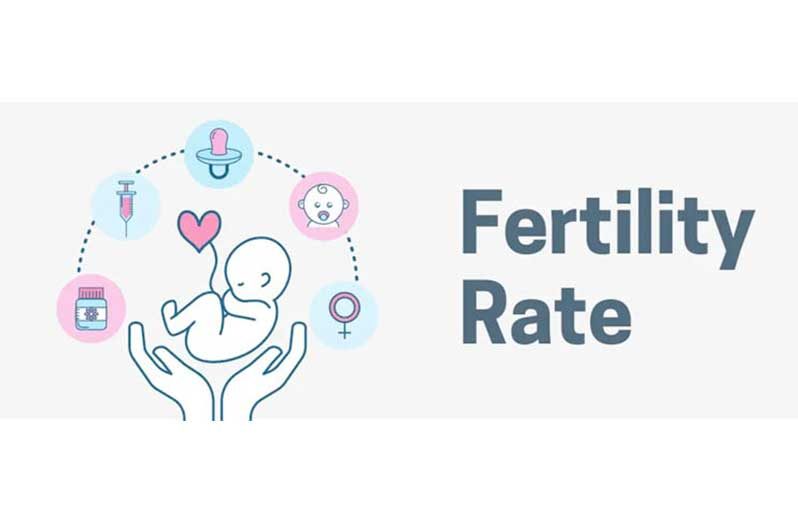– region faces below-replacement birth levels, driven by social and economic shifts
THE Economic Commission for Latin America and the Caribbean (ECLAC) has reported that fertility rates across the region continue to fall below the level needed to maintain a stable population. According to the newly-released Demographic Observatory 2025 – “Low Fertility in Latin America and the Caribbean: Emerging Trends and Dynamics,” the region’s total fertility rate in 2024 stood at 1.8 children per woman, well below the replacement level of 2.1.
ECLAC’s findings reveal that 76 percent of countries and territories in the region recorded fertility rates below this threshold in 2024. The report, prepared by the Latin American and Caribbean Demographic Centre (CELADE), highlights a striking variation in fertility rates across nations—from 0.94 to 3.3 children per woman.
Among Latin American countries, Chile (1.14), Costa Rica (1.32), Uruguay (1.40), and Argentina (1.50) registered the lowest rates. In the Caribbean, Puerto Rico (0.94), the British Virgin Islands (1.05), and Curaçao (1.07) showed similarly low numbers.
ECLAC emphasised that the region’s shift to low fertility occurred at a remarkably fast pace, beginning in the latter half of the 20th century. The decline, it noted, stems from several transformative factors: falling child mortality, greater access to education—particularly for women—increased female participation in the labour force, expanded availability of modern contraceptive methods, and progress toward gender equality.
These changes, according to the report, have reshaped reproductive preferences, allowing individuals and families to better regulate fertility and delay childbearing.
CHANGING REPRODUCTIVE PATTERNS
The region’s demographic profile shows a gradual increase in the average age of fertility, which fell from 29 years in 1950 to 26.9 years in 2010, before rising again to 27.6 years in 2024. ECLAC attributes this upward trend to postponed childbearing and a decline in adolescent pregnancies.
Indeed, the report notes a 38.8% decrease in adolescent fertility over the past decade—from 69.9 live births per 1,000 women aged 15–19 in 2014 to 50.3 in 2024. Countries such as Argentina, Chile, Costa Rica, the Dominican Republic, Panama, and Uruguay recorded the most significant progress in reducing teenage pregnancy rates.
While the decline marks a positive shift—driven by stronger public health and education programs—ECLAC cautioned that adolescent fertility rates in the region remain among the highest in the world, reflecting persistent structural inequalities and gaps in access to sexual and reproductive health services.
INEQUALITIES AND POLICY CHALLENGES
The report also exposes stark inequalities in reproductive behaviour across socioeconomic groups. In lower-income households, women tend to have more children than they ideally wish, while in higher-income groups, fertility often falls below the desired number of children.
ECLAC interprets this imbalance as evidence of uneven access to sexual and reproductive health services, as well as challenges in balancing family and work life.
To address the demographic shift, ECLAC is calling on governments to adopt comprehensive, gender-sensitive policies that support individuals’ right to freely decide the number of children they wish to have.
These policies, the report suggests, should include expanding affordable childcare and care services, ensuring universal access to sexual and reproductive health, promoting workplace equality, and eliminating the “motherhood penalty” that discourages women from combining career and family aspirations.
ECLAC concludes that the region’s future demographic stability will depend on how effectively countries align population policies with broader social and economic development goals—ensuring that reproductive choices remain both informed and freely exercised.



.jpg)









